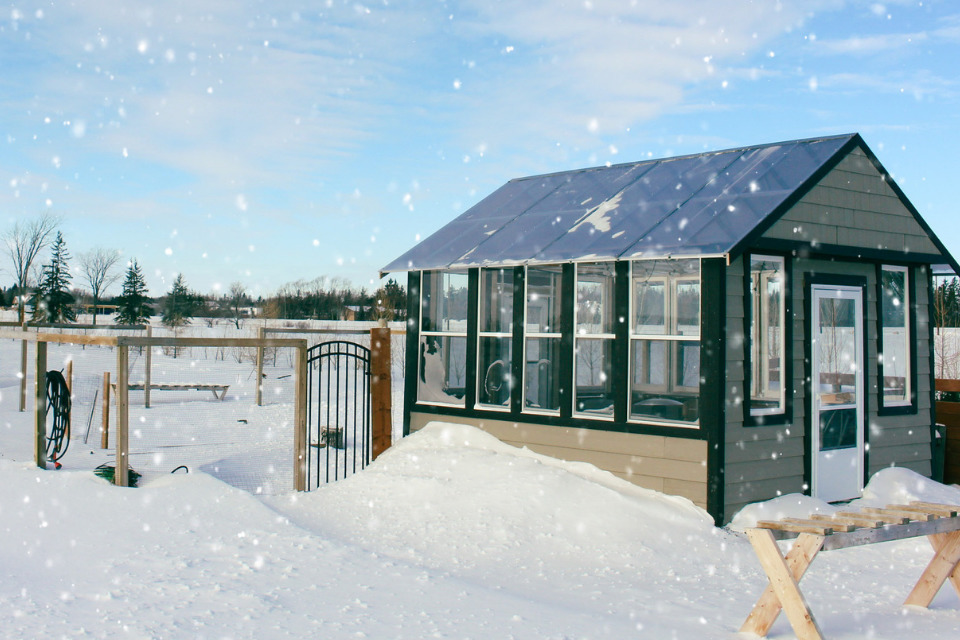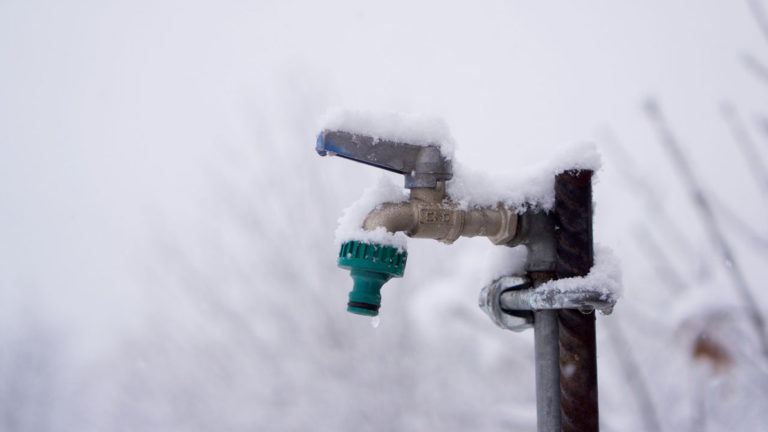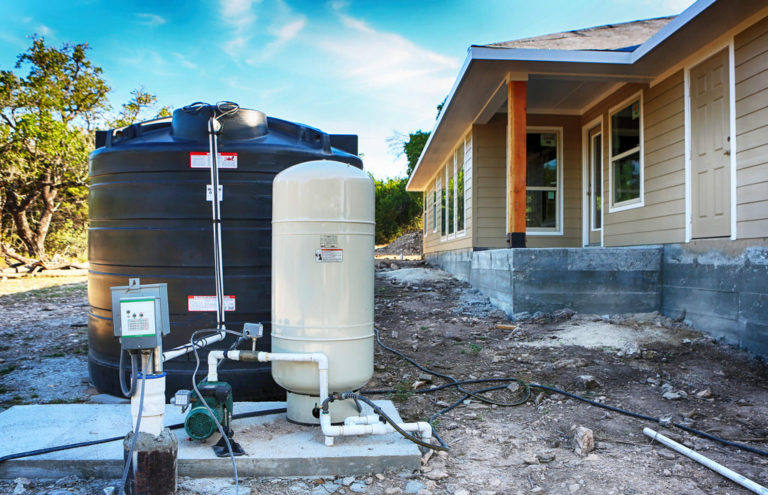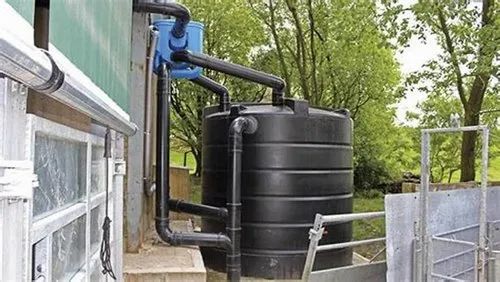Are you tired of waiting for the perfect growing season to start?
Do you struggle to maintain a healthy and productive garden due to harsh weather conditions or limited space?
If so, it’s time to consider building your own DIY greenhouse!
By incorporating a solar still into your design, you can create a year-round garden that is both self-sustaining and environmentally friendly.
We will guide you through the process of constructing a DIY greenhouse with a solar still, including materials, instructions, and tips for success.
Whether you have limited space or just want to extend your growing season, this innovative and eco-friendly approach to gardening is sure to inspire and empower you to take control of your food supply and enjoy fresh produce all year round!
Determine the location and size of your greenhouse
Consider factors like sunlight, temperature, and wind when choosing the location for your greenhouse. The size of your greenhouse will depend on the amount of space you have available and the size of your garden.
Sunlight is an essential factor to consider when choosing the location of your greenhouse.
You should opt for a location that receives ample sunlight throughout the day, as this will help promote healthy plant growth.
You should consider the temperature of the location, as extreme temperatures can be detrimental to your plants.
A location with a moderate climate is ideal.
Another critical factor to consider is wind.
A location that is exposed to strong winds can cause damage to your greenhouse and affect the growth of your plants.
Therefore, it is advisable to choose a location that is sheltered from windy conditions.
The size of your greenhouse will depend on the amount of space you have available and the size of your garden.
A larger greenhouse will provide more space for plant growth, but it will also require more resources to maintain.
Therefore, it is essential to balance the size of your greenhouse with your available resources and the size of your garden.
The location and size of your greenhouse should be carefully considered based on factors such as sunlight, temperature, and wind.
By choosing the right location and size for your greenhouse, you can create a thriving environment for your plants to grow and flourish.
Choose the right materials
You can use a variety of materials for your greenhouse, such as plastic, glass, or polycarbonate. Choose materials that are durable, easy to clean, and provide good insulation.
When it comes to building a greenhouse, choosing the right materials is important for its success.
While plastic, glass, and polycarbonate are popular options, it’s essential to consider their durability, ease of cleaning, and insulation properties before making a decision.
For instance, plastic greenhouses are generally more affordable and easier to set up, but they may not provide the same level of insulation as other materials.
Glass greenhouses, on the other hand, offer excellent insulation and can withstand harsh weather conditions, but they can be more expensive and require more maintenance.
Polycarbonate greenhouses are a popular choice due to their durability, lightweight, and ease of installation.
They provide good insulation and are less prone to cracking or breaking than traditional glass.
They offer excellent UV protection, which can help extend the lifespan of your greenhouse.
Ultimately, the right materials for your greenhouse will depend on your specific needs and preferences.
Consider factors such as climate, budget, and desired level of maintenance when selecting materials for your greenhouse.
With the right choice of materials, you can ensure a successful and thriving greenhouse for years to come.
Build the foundation
A strong foundation is essential for a sturdy greenhouse. You can use a concrete slab, a gravel base, or a wood platform. Make sure the foundation is level and well-drained.
Building a sturdy foundation is important for any greenhouse.
There are several options for building the foundation, each with its own set of benefits and drawbacks.
A concrete slab provides a flat, stable surface for the greenhouse frame to sit on, and is ideal for larger, more complex greenhouses.
A gravel base offers good drainage and can be used for smaller greenhouses, while a wood platform is a cost-effective option that can be adjusted as the greenhouse grows.
Regardless of the foundation type chosen, it is essential to ensure it is level and well-drained to prevent water accumulation and structural weaknesses.
Proper foundation preparation can save you time, money, and headaches in the long run.
By investing the time and resources into building a strong foundation, you can rest assured your greenhouse will stand the test of time and provide years of reliable service.
Install the frame
Use metal or wooden framing to build the structure of your greenhouse. Make sure the frame is strong and sturdy.
When building a greenhouse, installing the frame is a important step that requires careful consideration.
To ensure the structure’s stability and longevity, it is recommended to use metal or wooden framing.
Metal framing, such as aluminum or steel, is more durable and resistant to corrosion, making it ideal for harsh weather conditions.
However, wood framing, such as cedar or spruce, is a more cost-effective option and can still provide adequate support for your greenhouse.
Regardless of the material chosen, the frame must be strong and sturdy to support the weight of the glazing materials and withstand wind and snow loads.
Properly securing the frame to the ground and using appropriate bracing and anchoring techniques are essential to ensure the structure’s stability and safety.
It is recommended to consult with a professional engineer or builder to ensure the frame is designed and installed according to local building codes and standards.
Add the roof and walls
Install the roof and walls of your greenhouse using the materials you have chosen. Make sure there are no gaps or openings that will let in cold air or precipitation.
To add the roof and walls of your greenhouse, you will need to carefully select and install the materials you have chosen.
Start by installing the roof, which should be made of a durable and weather-resistant material such as polycarbonate or polyethylene.
Make sure to install the roof in such a way that there are no gaps or openings that will let in cold air or precipitation.
Use a waterproof sealant around the edges of the roof to ensure a tight seal.
Next, install the walls of your greenhouse, also made of durable and weather-resistant materials.
Use a similar waterproof sealant around the edges of the walls to prevent any gaps or openings.
Make sure the walls are sturdy and can withstand the weight of any plants or other items that will be placed inside the greenhouse.
When installing the roof and walls, it is important to pay attention to the dimensions of your greenhouse and ensure that all materials fit properly.
Measure the length, width, and height of your greenhouse, and use these measurements to guide your installation.
Be sure to secure all components firmly in place using appropriate fasteners and brackets.
Install a solar still
A solar still is a device that uses sunlight to distill water. You can install a solar still in your greenhouse to provide a reliable source of water for your plants. The still can be made using a plastic container, a dark plastic bag, and a clear plastic bag.
To ensure a reliable source of water for your plants in your greenhouse, consider installing a solar still.
A solar still is a simple and cost-effective device that uses sunlight to distill water.
With a solar still, you can harness the power of the sun to purify water for your plants, regardless of the outside weather conditions.
To create a solar still, you can use a plastic container, a dark plastic bag, and a clear plastic bag.
Place the dark plastic bag at the bottom of the plastic container, followed by the clear plastic bag.
Fill the container with water, and place the solar still in a location where it can receive direct sunlight.
The sun’s heat will cause the water to evaporate, and the condensed water vapor will collect on the inside of the clear plastic bag.
This water can then be used for your plants, providing them with a reliable source of hydration.
The solar still is an efficient and eco-friendly way to provide water for your plants, and it can be easily set up and maintained.
By investing in a solar still, you can ensure that your plants receive the water they need, even in times of drought or other weather-related challenges.
The still can be used to purify water for other household uses, making it a valuable resource for any greenhouse or home.
Incorporate passive solar design
Design your greenhouse to take advantage of natural sunlight and heat. Use south-facing windows, thermal mass materials, and insulation to maximize the use of sunlight.
Incorporating passive solar design into your greenhouse can greatly enhance its energy efficiency and reduce the need for supplemental heating and cooling.
By leveraging natural sunlight and heat, you can create a self-sustaining environment that is both cost-effective and environmentally friendly.
To start, orient your greenhouse to the south to maximize exposure to natural sunlight.
This will not only provide ample light for your plants, but it will also allow the greenhouse to absorb and store heat from the sun during the day.
Consider using south-facing windows, which can be made of double-glazed or triple-glazed glass to minimize heat loss and maximize solar gain.
Next, incorporate thermal mass materials into your greenhouse design.
These materials, such as concrete, brick, or stone, absorb and store heat during the day, then release it at night to maintain a consistent temperature.
This process, known as thermal massing, can help regulate the temperature within your greenhouse and reduce the need for heating and cooling.
Ensure that your greenhouse is well-insulated to prevent heat loss and maintain a stable temperature.
Use insulating materials such as polyethylene, polyester, or fiberglass to wrap the exterior of your greenhouse, and seal any gaps or cracks to prevent air leaks.
By incorporating these passive solar design elements, you can create a self-sustaining greenhouse that is both energy-efficient and environmentally friendly.
Add irrigation and ventilation
Install an irrigation system to provide water to your plants. Also, install ventilation systems to regulate temperature and humidity inside the greenhouse.
To ensure optimal growing conditions for your plants, it is important to install an irrigation system that provides a consistent and controlled supply of water.
This can be achieved through drip irrigation, sprinkler systems, or even manual watering.
By installing an irrigation system, you can ensure that your plants receive the right amount of water at the right time, regardless of the weather or season.
Ventilation systems can be installed to regulate the temperature and humidity inside the greenhouse.
This can include fans, vents, and shading systems that work together to maintain a stable and ideal environment for your plants.
By implementing both irrigation and ventilation systems, you can create a self-sustaining and thriving ecosystem that supports healthy plant growth and development.
Want More? Dive Deeper Here!
Hey there! If you’re the type who loves going down the rabbit hole of information (like we do), you’re in the right spot. We’ve pulled together some cool reads and resources that dive a bit deeper into the stuff we chat about on our site. Whether you’re just killing time or super into the topic, these picks might just be what you’re looking for. Happy reading!






